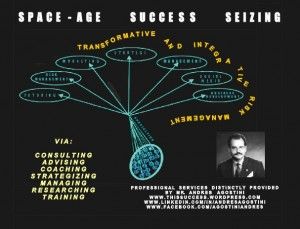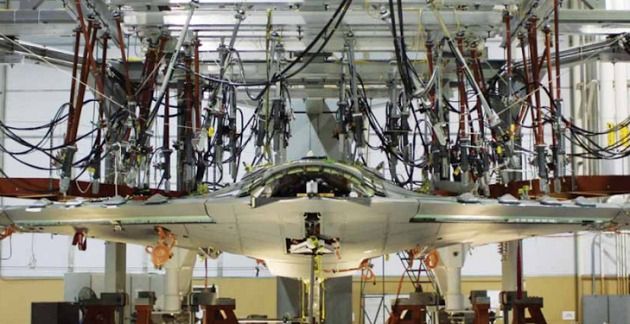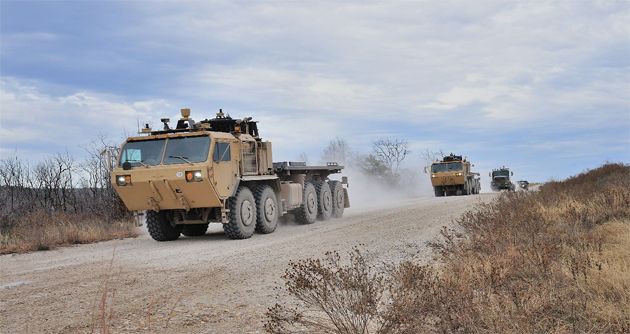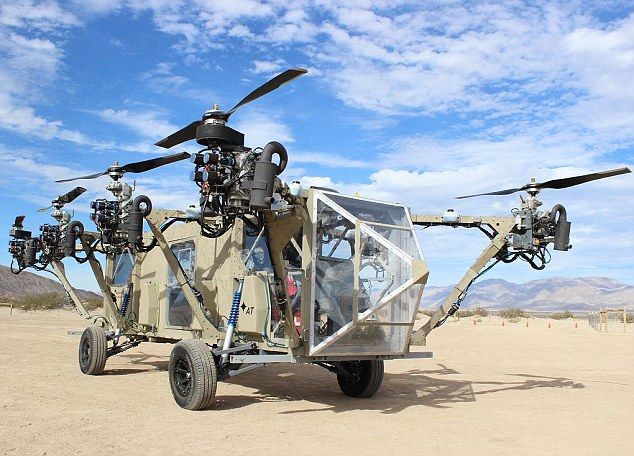Feb 4, 2014
The Future Observatory
Posted by Andres Agostini in categories: 3D printing, asteroid/comet impacts, automation, big data, biological, bionic, bioprinting, biotech/medical, bitcoin, business, chemistry, climatology, complex systems, computing, cosmology, counterterrorism, cybercrime/malcode, cyborgs, defense, driverless cars, drones, economics, education, energy, engineering, entertainment, environmental, ethics, events, evolution, existential risks, exoskeleton, finance, food, futurism, genetics, geopolitics, government, habitats, hardware, homo sapiens, human trajectories, humor, information science, innovation, law, law enforcement, life extension, lifeboat, media & arts, military, nanotechnology, neuroscience, nuclear energy, nuclear weapons, open access, open source, particle physics, philosophy, policy, polls, posthumanism, privacy, rants, robotics/AI, science, scientific freedom, security, singularity, space, space travel, supercomputing, surveillance, sustainability, time travel, transhumanism, transparency, transportation, water
FEBRUARY 05/2014 UPDATES [LIST]. By Mr. Andres Agostini at www.Future-Observatory.blogspot.com

Do autistic brains create more information at rest or do they have weaker connectivity — or both?
http://www.kurzweilai.net/do-autistic-brains-create-more-inf…ty-or-both
‘Electronic tongue’ identifies brands of beer with 81.9% accuracy
http://www.kurzweilai.net/electronic-tongue-identifies-brand…9-accuracy
Bodily maps of emotions
http://www.kurzweilai.net/bodily-maps-of-emotions
Antibiotic ‘smart bomb’ can target specific strains of bacteria
http://www.kurzweilai.net/antibiotic-smart-bomb-can-target-s…f-bacteria












